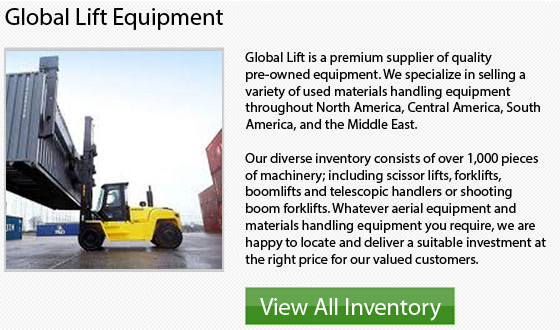
The lift truck is a vital tool to help employees lift and move heavy weight materials and goods with speed and efficiency without straining their bodies. The way a company uses this machinery could considerably affect its productivity.
A popular storage method is Free Stacking Pallets. This is a way to use your lift truck that is both economical and easy. Free Stacking Pallets involves positioning one pallet over another to create a stack of goods. This is a stable storage technique and is recommended when dealing with numerous pallets of similar height and dimensions or huge amounts of the similar goods. The disadvantage of this particular system is that it just enables access to the items put last, so it does not allow a First In First Out system.
It is vital to have a pallet racking method which involves the stable storage of different sized pallets. Utilizing a First In First Out or Last In First Out technique, would allow for easy access of any pallet. It allows the rack to change shape and grow depending upon every day needs. This system requires aisles which are adequately wide to enable a lift truck to freely access the racks and easily maneuver. The downside is that this specific method means less pallets can be handled in the setting. This might not make a difference if there is sufficient space available.
Narrow aisle racking is like pallet racking in that it enables for a First In First Out or Last In First Out technique. The difference in the system is how the special narrow forklift is used. This means that smaller areas are necessary between the aisles of pallets than in the Pallet Racking way. The advantage is that much more product can be kept in the same area. The disadvantage is that you would have to transition to a new truck if you already own a typical lift truck. The cost of obtaining special equipment may be a deterrent to implementing this system of storage.
Using your lift truck to its fullest potential is essential since it pays to consider your storage costs and retrieval costs of pallets. Then you could find out whether there are more effective ways to use your lift truck in order to speed up the process or to increase the usable area of your units. Greater efficiency equals greater productivity.